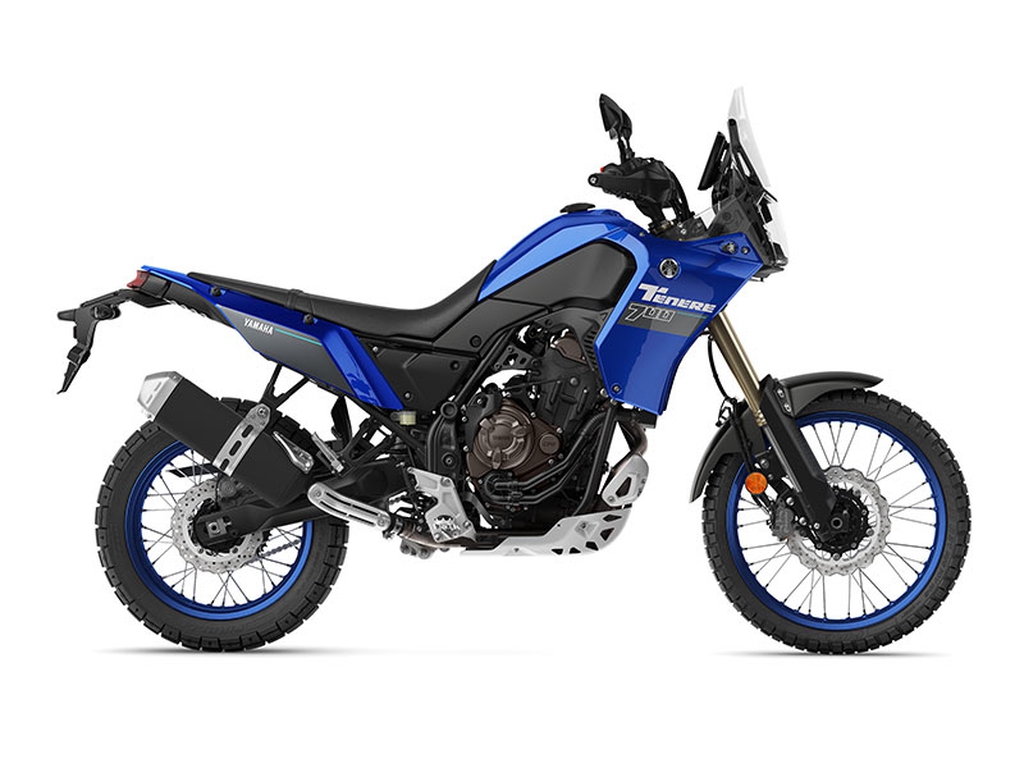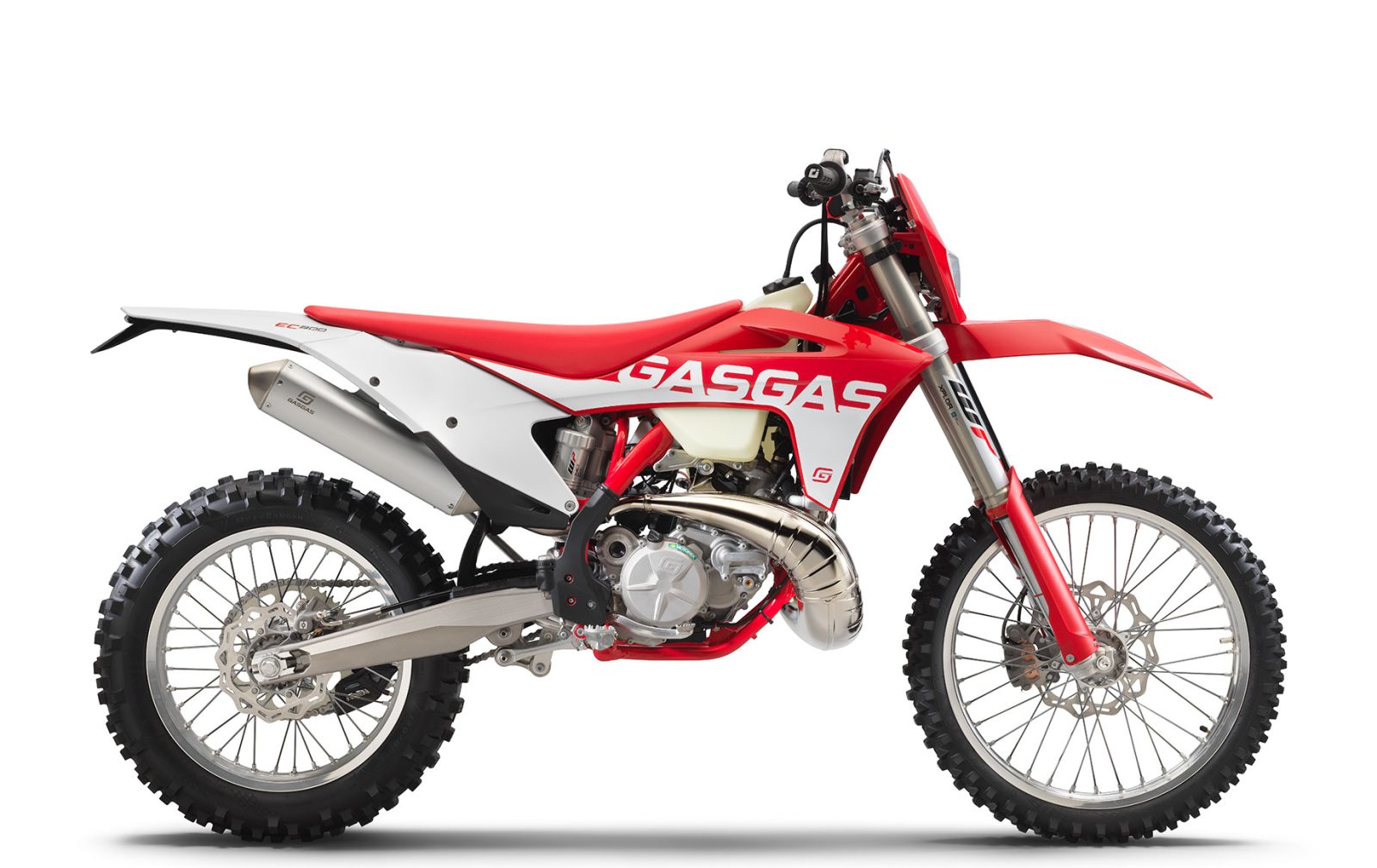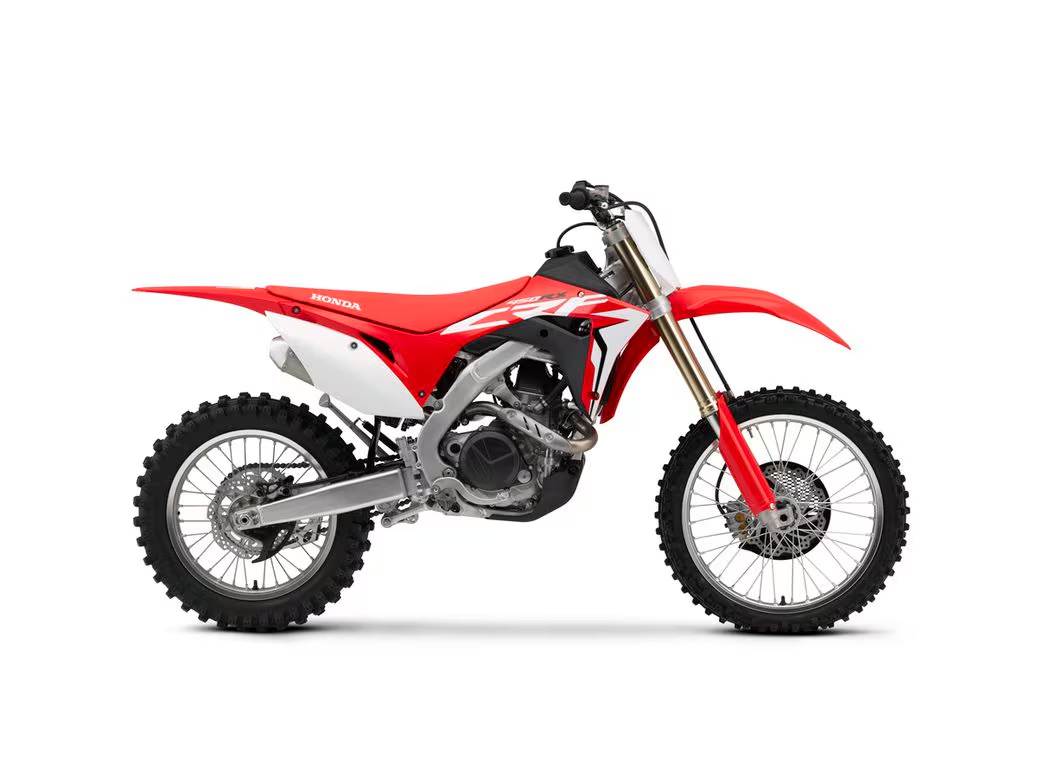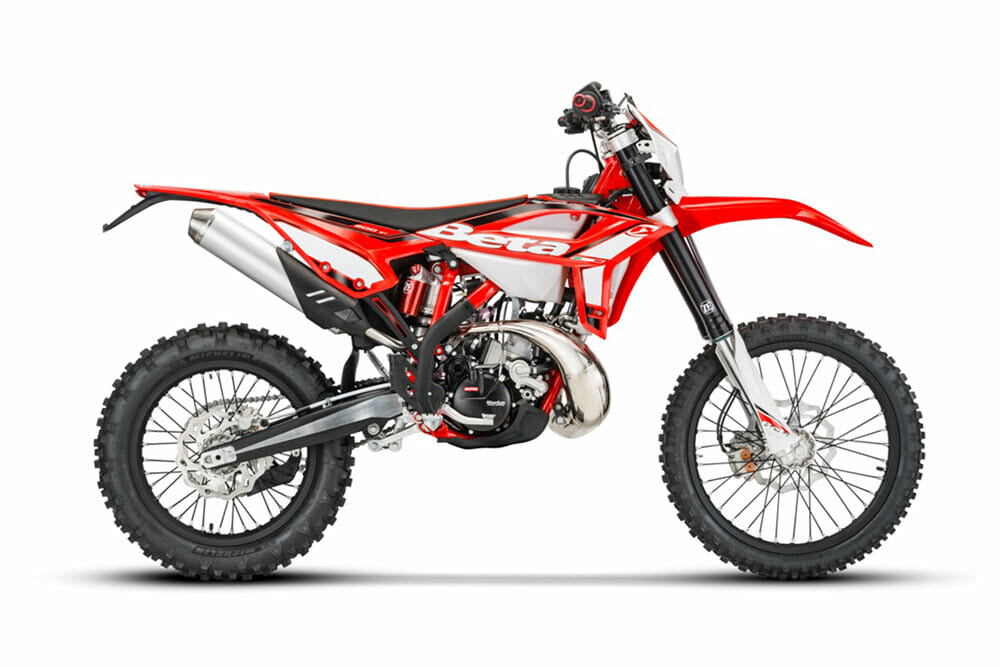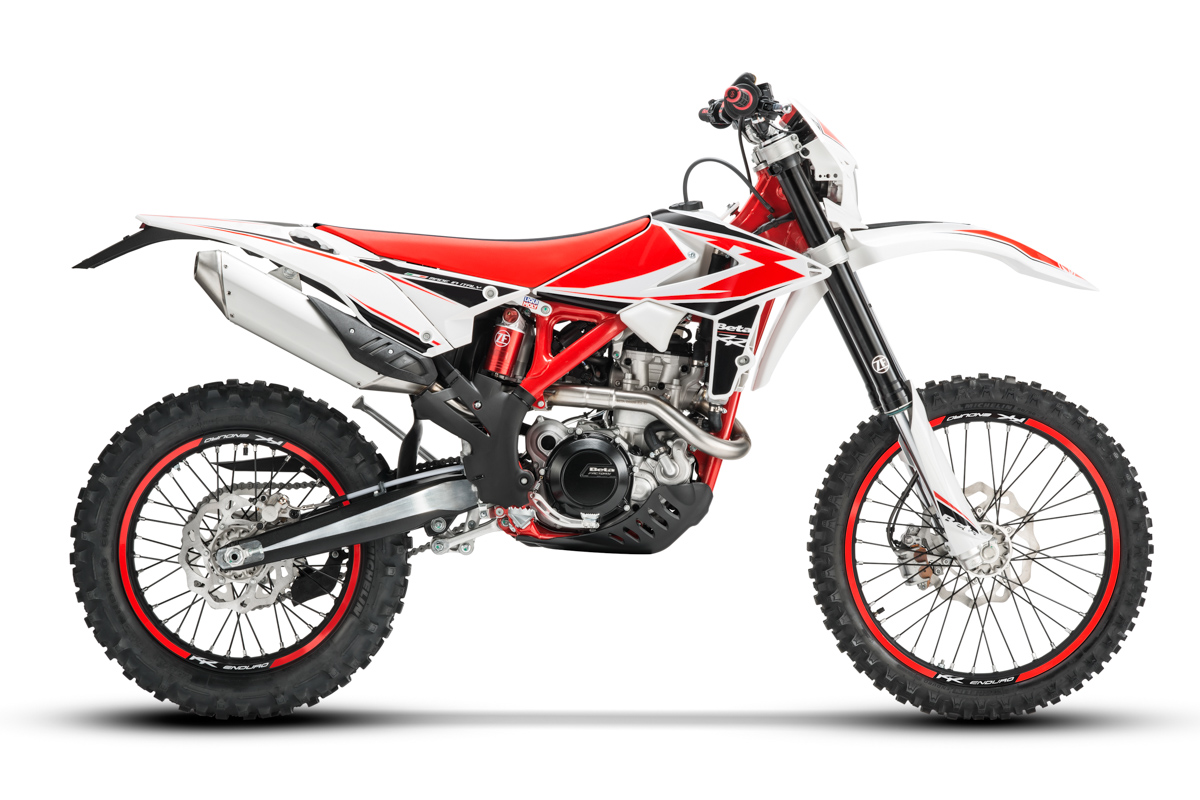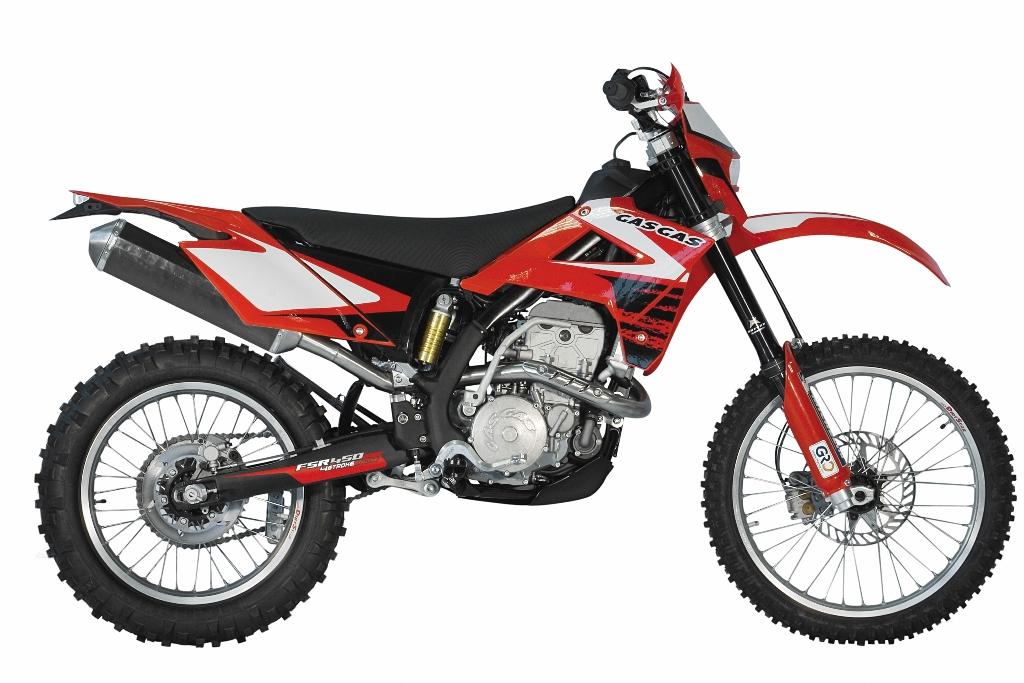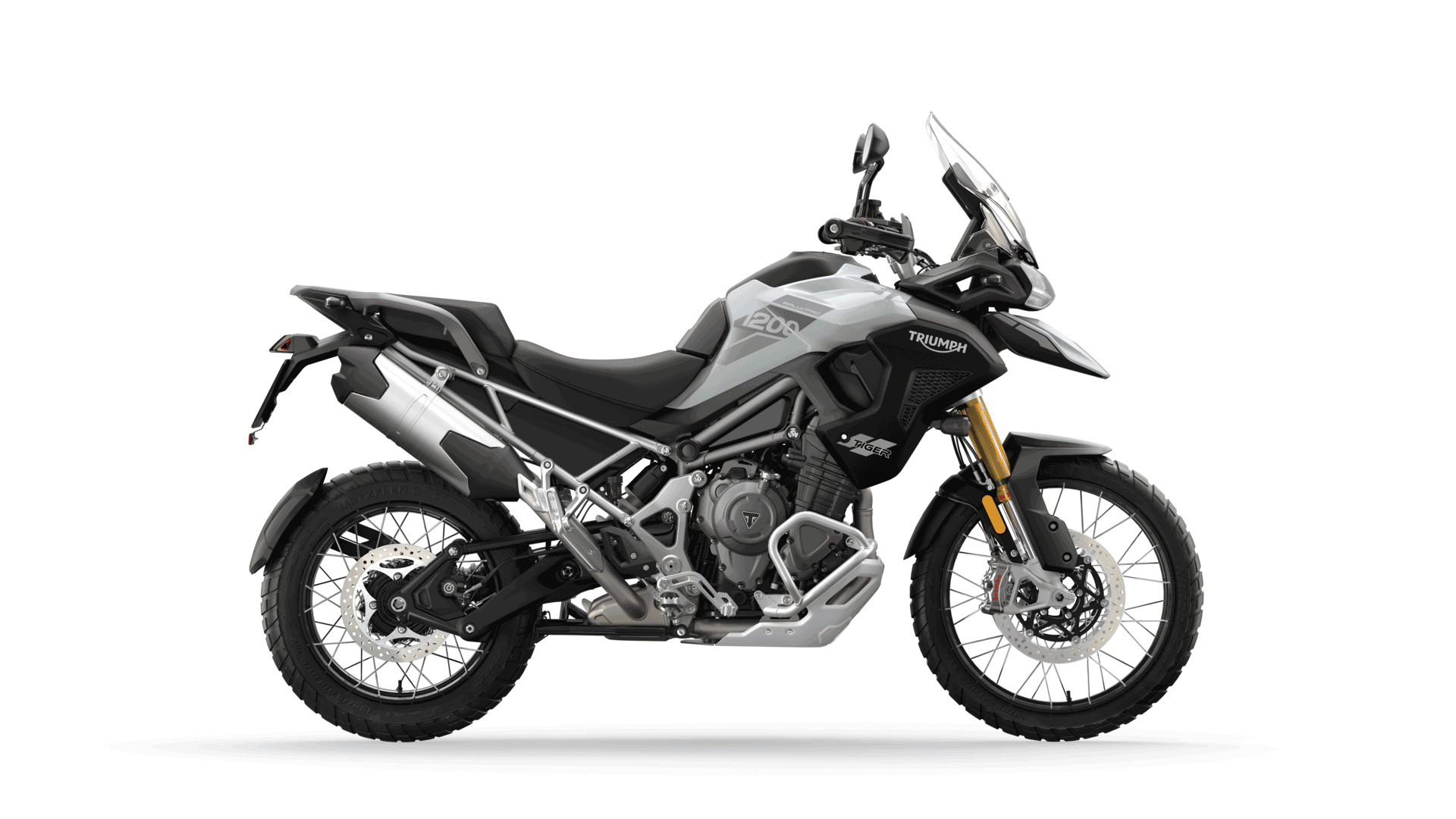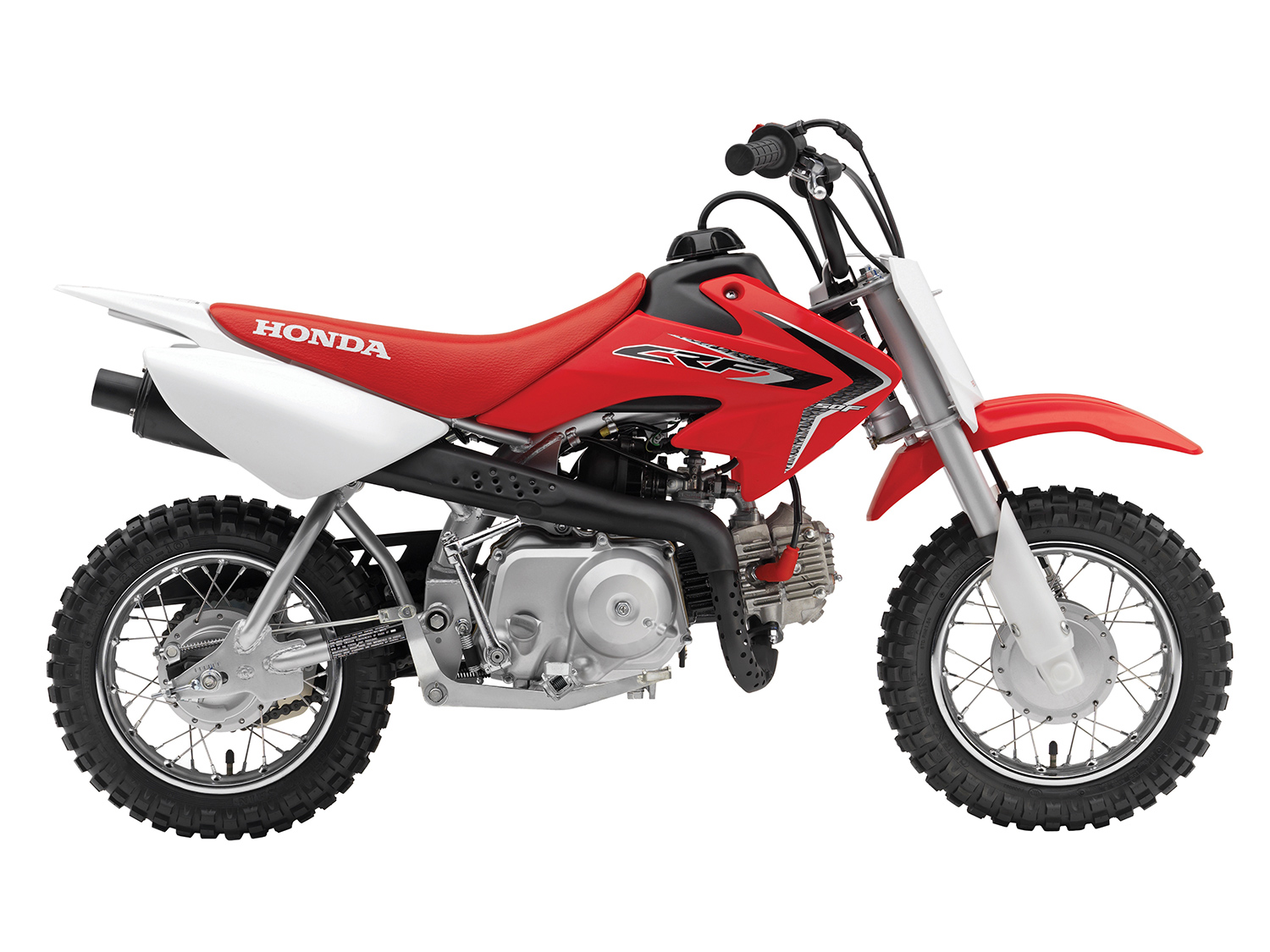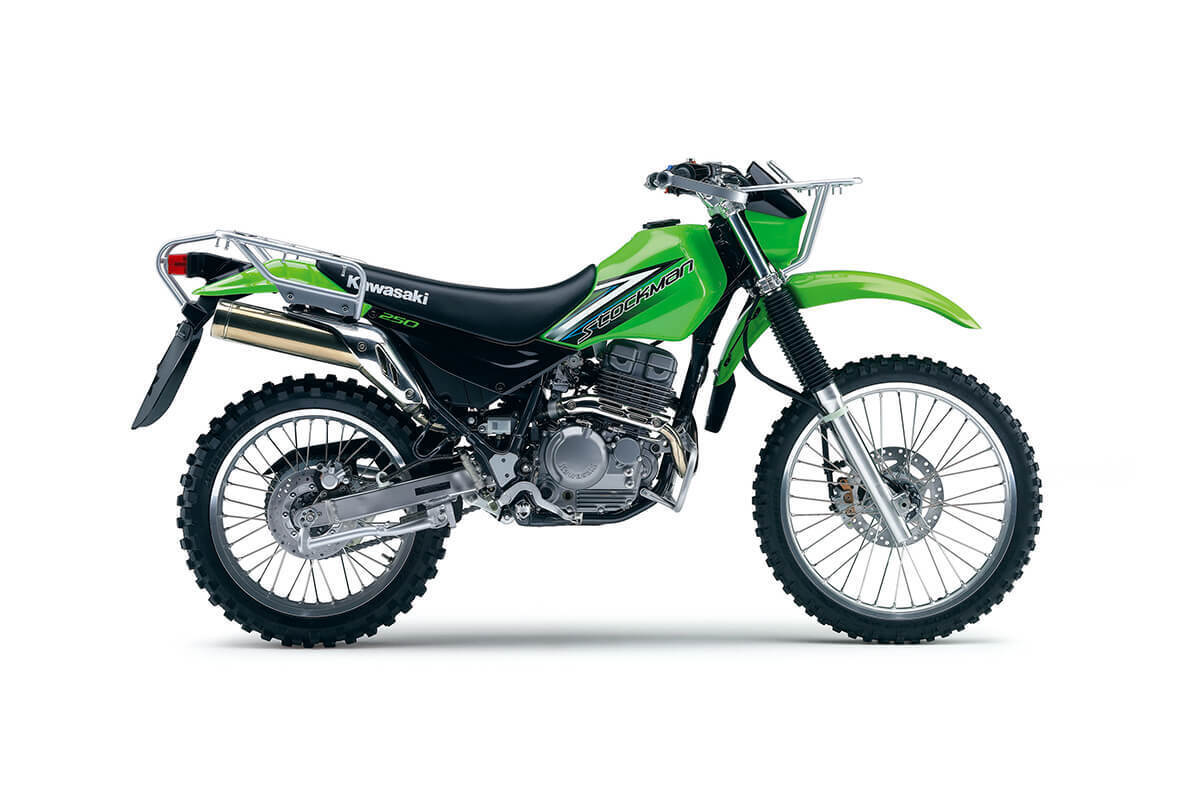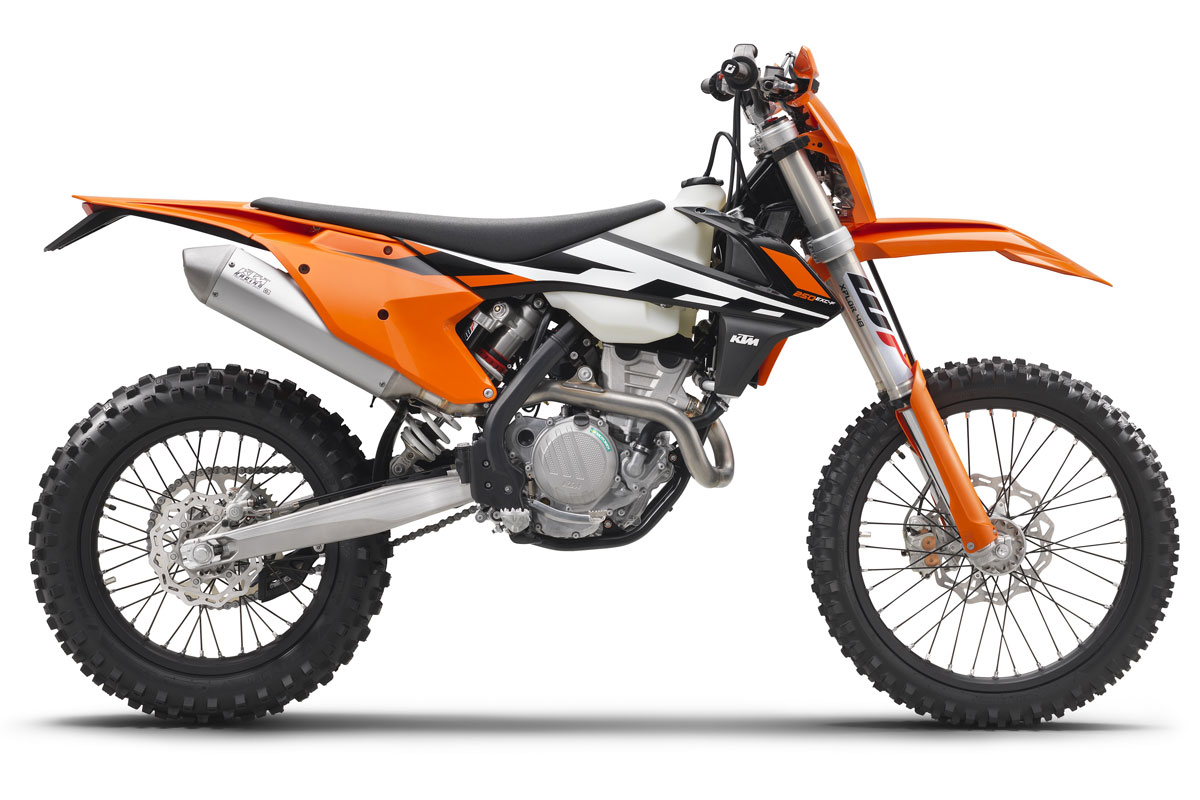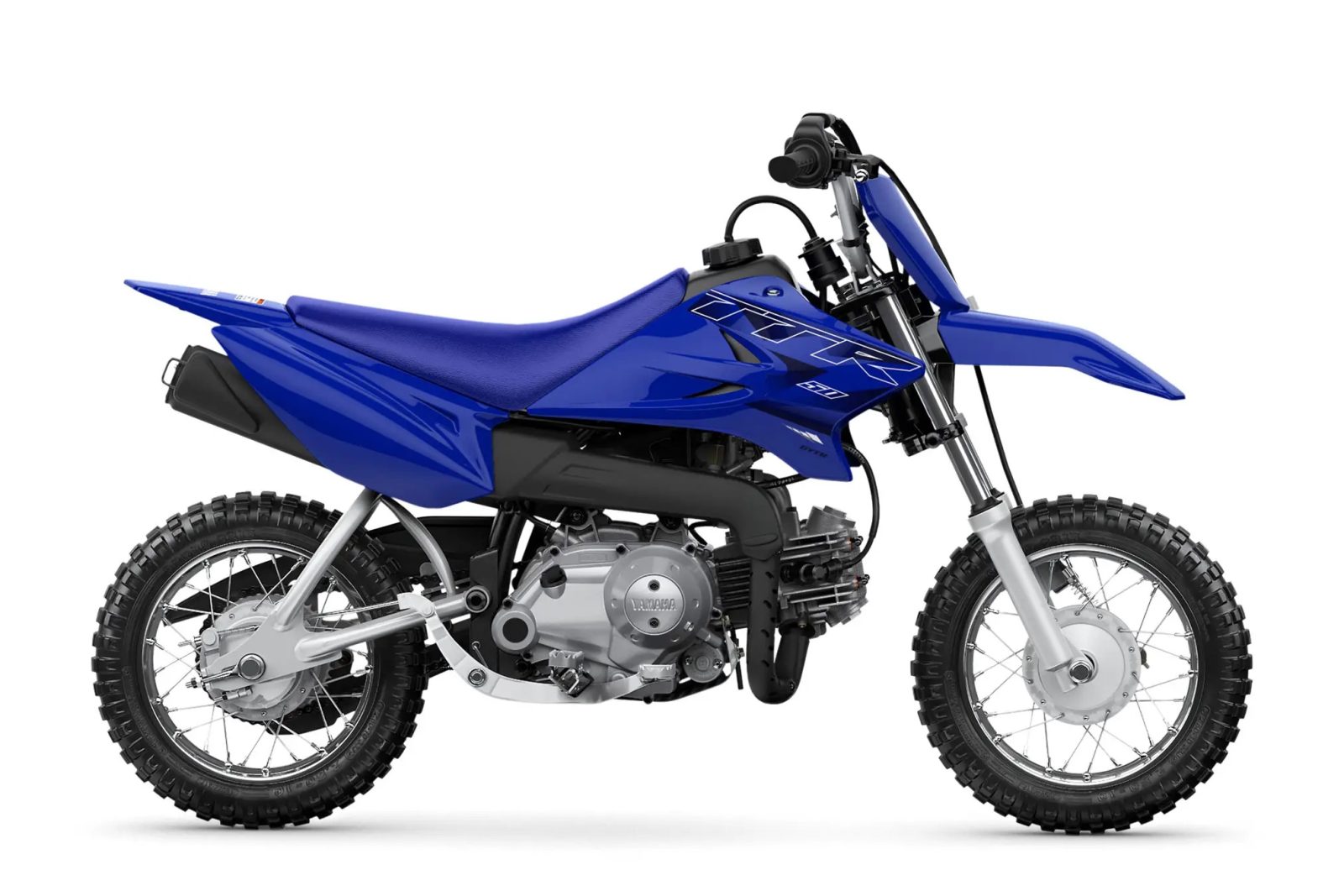Honda was selling the XL in large numbers, so it made sense for Kawasaki to try for a slice of the pie.
But for a new design, there wasn’t a lot of new thinking from Kawasaki. The KL pretty much followed the established pattern although, in a major breakthrough, it had a sightglass to check the oil level. The power came from an air-cooled, overhead-cam engine running 8.9:1 compression and fed by a 28mm Keihen carburettor breathing through an oiled-foam filter.
The handlebar sported the usual speedo and rev-counter, with various idiot lights split by the ignition key. Brakes were cable-operated drums front and rear with a conventional telescopic fork at the pointy end and laid forward shocks at the other. The aluminium rims were fitted with trials universal, four-ply tyres of 3.00 x 21 and 4.00 x 18. Ground clearance was 205mm, weight 125kg dry, the gearbox was a five-speeder and the tank held 8.8 litres until you crunched it.
There wasn’t much to make the KL250 stand out from the crowd. It looked spiffy in a 1970’s way with its red colour scheme, huge tail light and colour-impregnated mudguards. The muffler was a very quiet unit, as would be expected given its history as the fuselage of an aircraft. The thing started just behind the footpeg and heated up the right shock absorber before exiting in line with the tip of the rear mudguard.
As it was marketed as a dual-purpose bike it was tested as such and the gearing was fine for the road but a bit tall for slow, off-road riding such as picking a route up a tricky hill. Handling wasn’t too bad as the frame geometry was pretty right but only so long as the bike was used within its design parameters.
The KL250 was not a bike to go off-road racing on. Despite being lighter and claiming more power than the Honda the conclusion was that the Kawasaki wasn’t offering anything more than the opposition. The price was $1195, including the shiny ADR compliance plate.
Warren Jack
